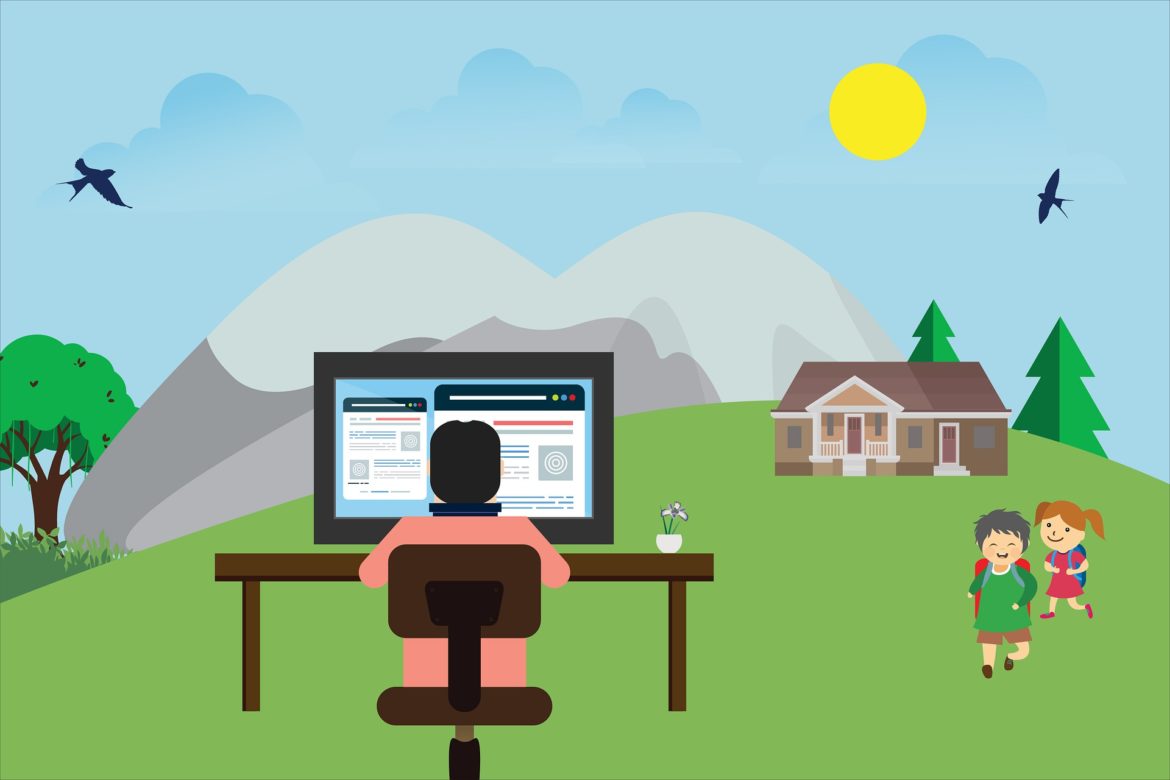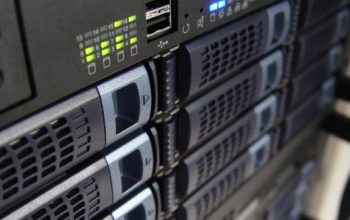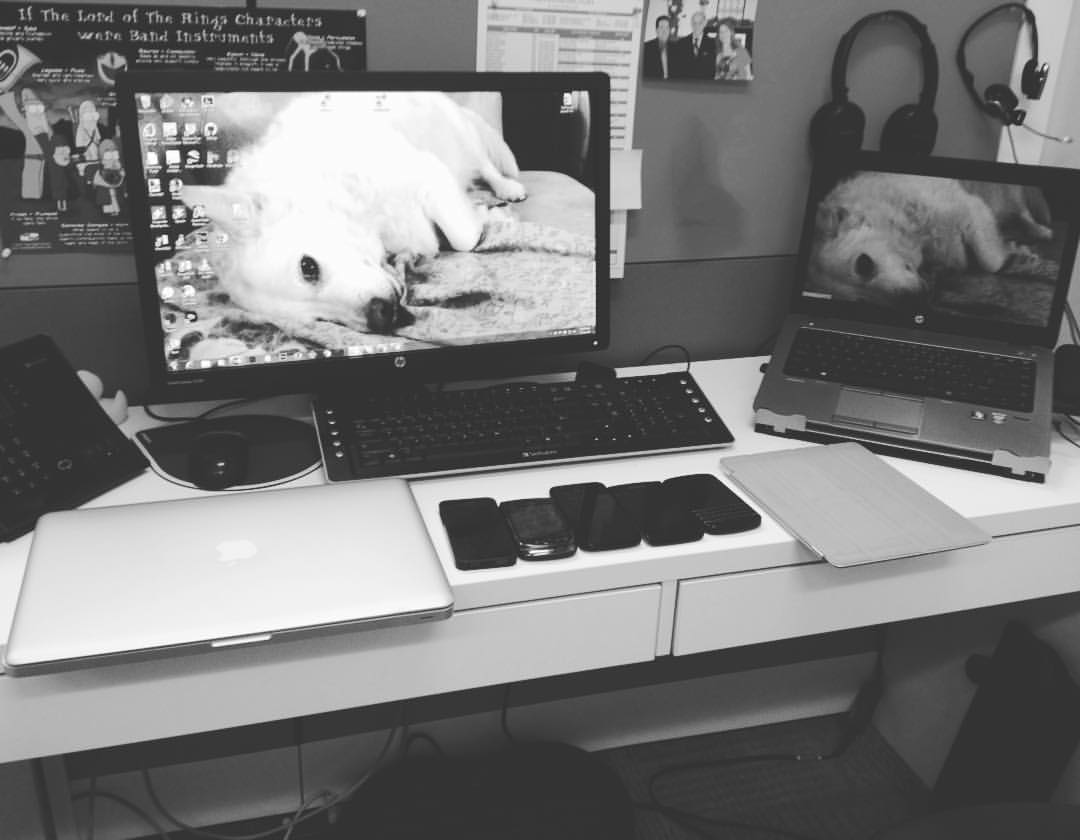
When I worked at Pondstone, we transitioned from a traditional office model to a remote workforce at the end of May 2019. Before that time, I had spent my whole career working at a physical office. With my role at Kanopi also being fully remote, I have now embraced the remote work lifestyle. But it was difficult at first. Read on to learn how the transition was handled, why it was done, and some struggles that can be encountered.
How
When people work together in a physical office, it’s easy to plan meetings, ask a quick question, or just say hi to your colleagues. You can also have a physical server that stores shared files. Working remotely eliminates all those aspects.
Taking a page from the Agile method, daily video calls can be incorporated, or scrums, to coordinate activities. Employees go over what we are working on that day, what is coming through the pipeline, and if there are any challenges that require a colleague’s help. This also helps address the socialization, or lack therefore. This can also be used this to review work, via screen shares.
Instant messaging can also be used to stay connected through the day. Often, items can get buried in emails – so messaging can be used to let others know when people are logging on or off for the day, or they we are stepping away from our computer.
Addressing the lack of physical server took some time, but a solution was found. The physical computer was brought home by one person, and all the relevant files from said server were copied to a cloud-based file sharing system. This system can be configured to sync with employees computers. If we need a particular file from the physical server, it gets transferred over.
Why
One key component as to why this transition can occur is reducing overhead costs. Without the overhead of office rent, and supplies associated, the cost of running a business significantly decreases. This also helps reduce an employee’s overall carbon imprint, as there is less travel and commuting involved.
One of the great benefits is that staff have greater flexibility and freedom as to their working hours, and to how they work. While typically a company likes to stay in communication during the typical business hours, if an employee finds they work better early in the morning, or late at night, they now have that option, without feeling like they are putting in overtime.
This also frees up hiring boundaries. If an employee works from home (or from a working space of their choice, such as the library or a coffee shop), and continues to collaborate online, there is nothing stopping any company from hiring staff worldwide. This is also applicable to current staff, as they are not tied to staying nearby for their jobs.
Struggles
With all these benefits, one would think that it would be a smooth transition. That is certainly not the case, and struggles can be encountered.
People may it lonely. Being removed from the daily office chit-chat, it’s remarkable how little social time you can get in. It has been pointed out that if you are a person that gets easily distracted, it’s a constant struggle to stay focused. Chores can be done around the house, errands can be done, etc.
Other issues can arise, such as setting boundaries. If you have a family, it can be a struggle in establishing work hours, and saying to others that “sorry, I’m at work right now”. If loved ones are nearby, or even if you are not living alone, it can be easy to think a person is easily accessible and free “because they are there”. Especially if they used to commute to a physical office.
If you are lucky and don’t get, or have, distractions, it can be difficult to actually stop entering “work mode”. Having your work machine readily accessible, and being task oriented, it can be difficult to come to stop for the day, or even just to break off for meals. Even with established evening activities, it can be hard to pull oneself away from the computer, and not continue working.
Overall, despite these struggles and challenges, it can be an effective transition, and allows for companies to grow. As time continues to pass, they can continue to adapt and become more effective.


